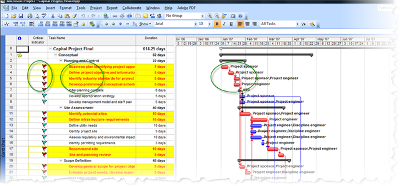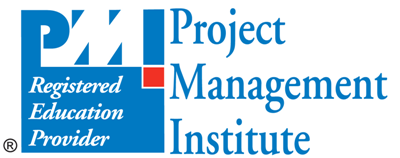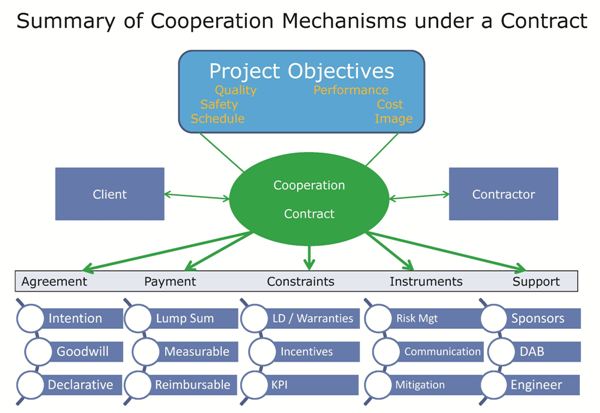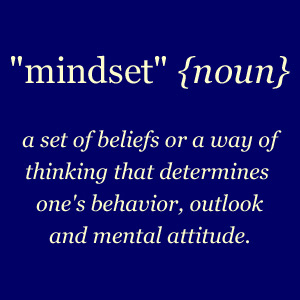Max Wideman reviews ‘Project Soft Power’ and the ‘Pocket Guide for Large Projects’!
We are very honored that Max Wideman, a well-respected authority in the field of project management (former Chairman of the PMI Board and the coordinator of the first edition of the Project Management Body of Knowledge), has published detailed reviews of our first two books on Project Management.
On Project Soft Power, Max Wideman writes:
 “Let us be quite clear – you want to be a great project leader and not just an “ordinary” project manager, right? Well, this book, Learn the Secrets of the Great Project Leaders by Jeremie Averous is firmly advocating the adoption of project “soft power” over project “hard power”. The point is, this is something you should strive for if you want to be a project leader on a higher plane than a mere project manager.”
“Let us be quite clear – you want to be a great project leader and not just an “ordinary” project manager, right? Well, this book, Learn the Secrets of the Great Project Leaders by Jeremie Averous is firmly advocating the adoption of project “soft power” over project “hard power”. The point is, this is something you should strive for if you want to be a project leader on a higher plane than a mere project manager.”
“Undoubtedly, [the book] contains sound advice though not necessarily the sort of advice that is accepted by some generally extrovert personality types. Nevertheless, the case study alone provides an excellent educational tool when relevant review questions are added to provoke thought and discussion.”
Find his full review here.
On the Pocket Guide for Those Daring Enough to Take Responsibility for Large Projects, by Jean-Pierre Capron, Max Wideman writes:
 “This little book of only 120 pages is packed full of practical and pragmatic advice for (as the title says) “those daring enough to take responsibility for large industrial projects”. Actually, it is a valuable read for anyone in the exciting world of construction project management, or any projects for that matter that are framed by, and conducted under, a serious contractual relationship. “
“This little book of only 120 pages is packed full of practical and pragmatic advice for (as the title says) “those daring enough to take responsibility for large industrial projects”. Actually, it is a valuable read for anyone in the exciting world of construction project management, or any projects for that matter that are framed by, and conducted under, a serious contractual relationship. “
“As one who has had the best part of half a century on one side of the fence or the other in this multi-faceted major project industry, we thoroughly enjoyed reading this book. That’s because it brought back memories of the things we did right, the things we did wrong or should not have done, and the things we could and should have done, but didn’t.”
“For those in the business described, in our opinion this book provides sound advice, timely cautions, and constitutes a realistic and valuable read. Because of Jean-Pierre’s wry sense of humor this pocket guide is enjoyable reading for anyone involved with, or has some experience of, managing contract work on any significant project.”
Find the full review here.
To build on this great start, Project Value Delivery announces that new books are in the works!
- Practical Advanced Scheduling Handbook for Project Managers, a Practical Navigation Guide on Large, Complex Projects
- Practical Advanced Cost Control Handbook for Project Managers, a Practical Guide to Enable Consistent and Predictable Project Forecasting
Writing is well advanced and the books are being currently reviewed by chosen readers. Publication is expected before Mid-2014. We will update you very soon and share with you some extracts!











What to Look at When Conducting a Schedule Statistical Analysis
We have observed that Schedule Statistical Analysis, when implemented, is often interpreted wrongly or does not bring the expected value. Beyond the obvious results (finish date) however, such an analysis can bring troves of useful information, through a deeper understanding of the project schedule’s drivers. In particular, Schedule Statistical Analysis can be used to identify improvements that can significantly enhance the robustness of a project schedule. In our new White Paper 2013-10 we explain what you should really look at when conducting a Schedule Statistical Analysis (SSA) – and how such an analysis should be conducted.
We believe that the most important result is to understand how robust the critical path of the deterministic schedule really is. The White Paper gives key tips in how to improve the resilience of the project schedule based on the SSA result.
A very large proportion of our clients do not use Schedule Statistical Analysis (SSA) properly, and do not look at the right results. This tends to diminish the value of SSA in the eye of decision-makers.
This latest White Paper 2013-10 shows in detail what is the right approach for SSA and what are the types of results that can be – and cannot be – expected. As with any tool, SSA is a very powerful tool if its limitations are properly understood as well as what type of understanding it can really bring.